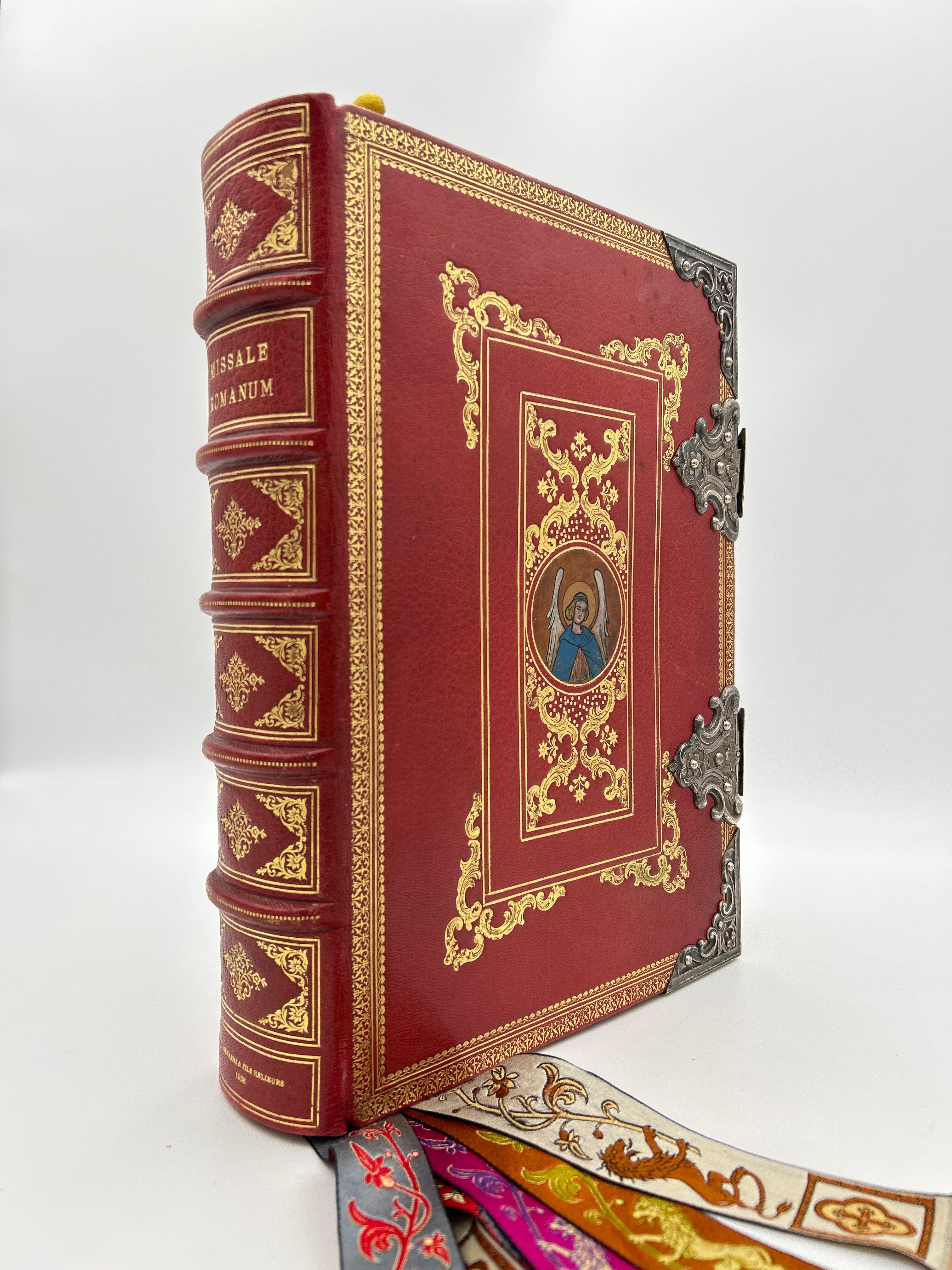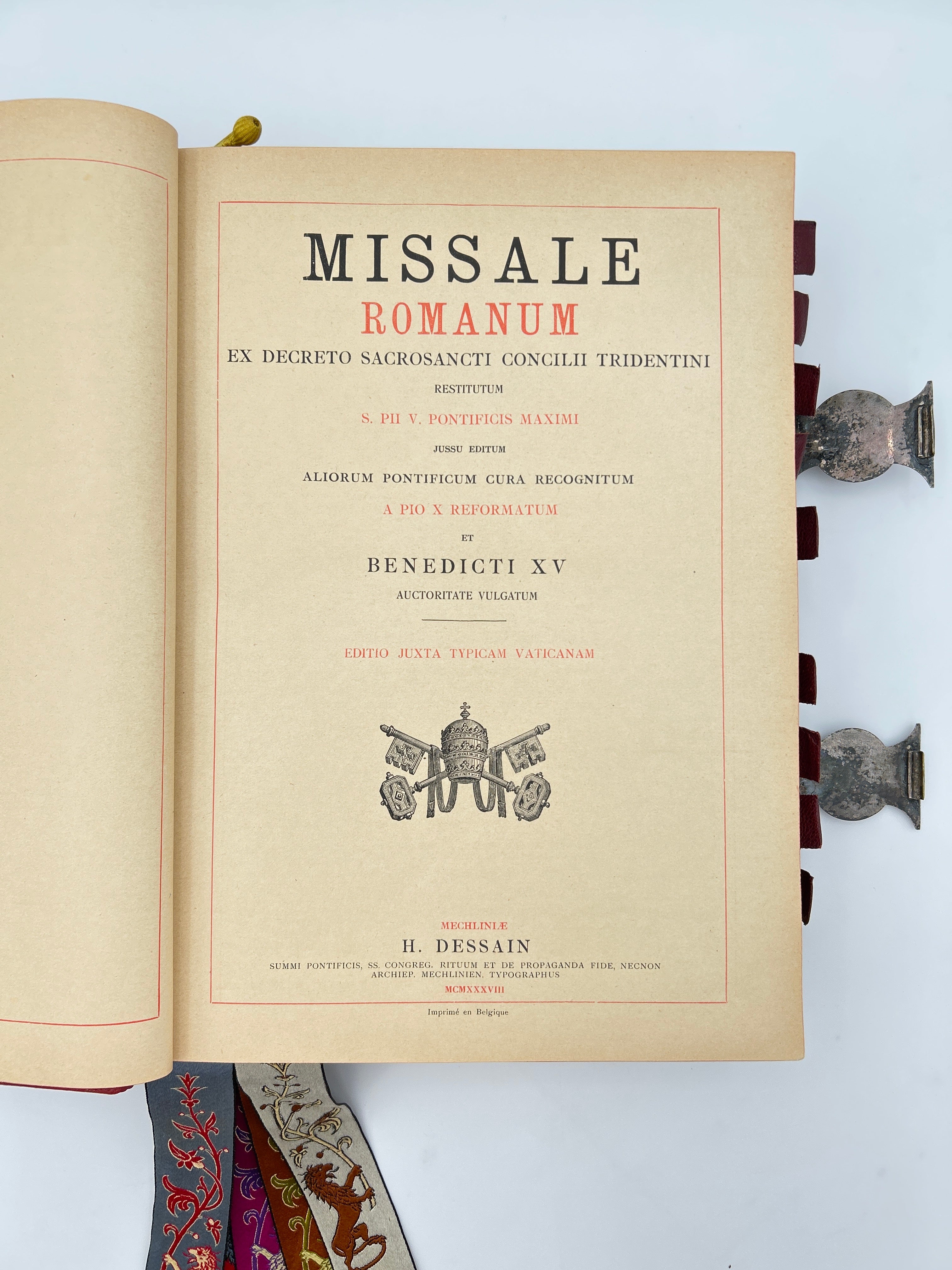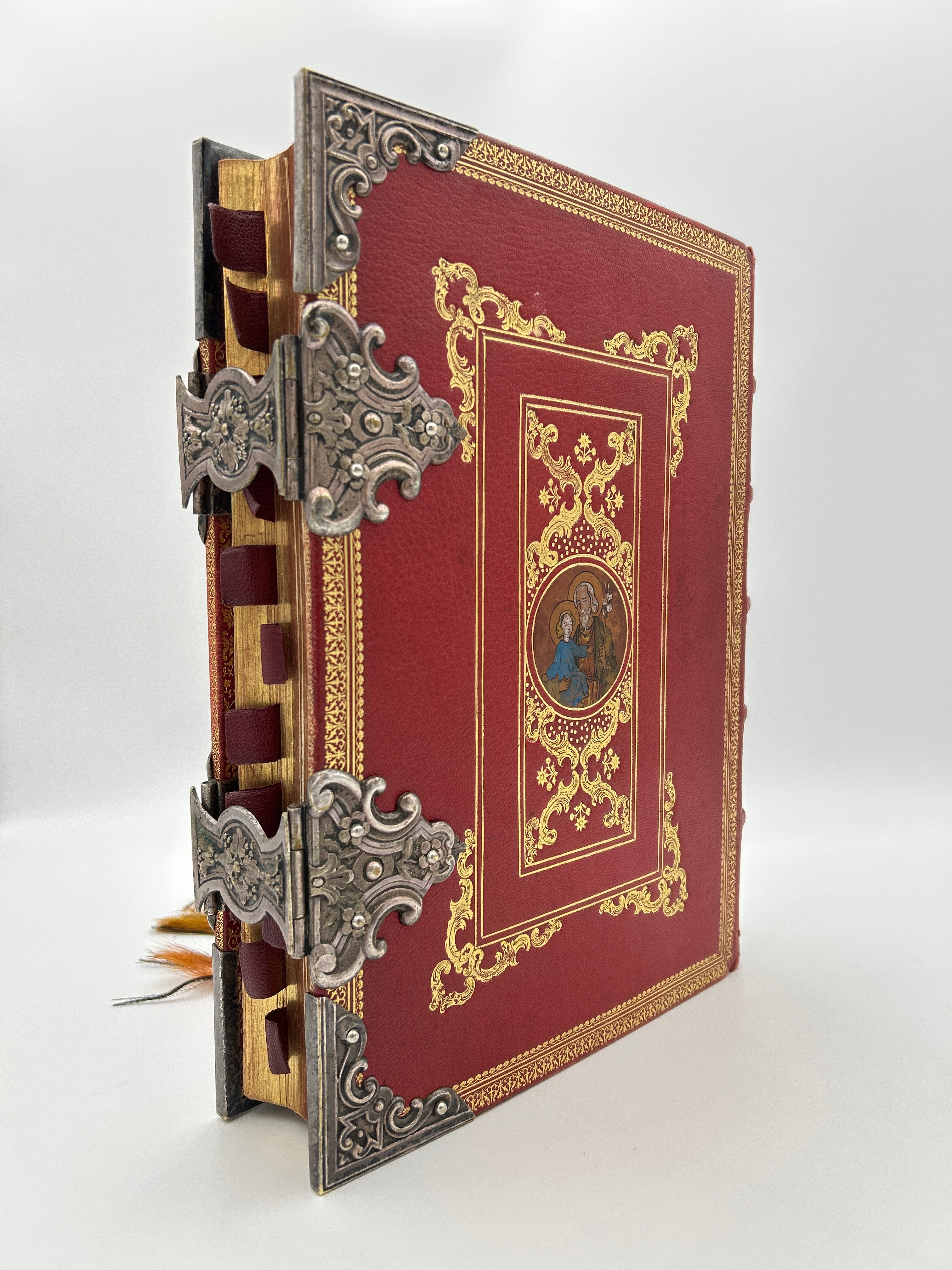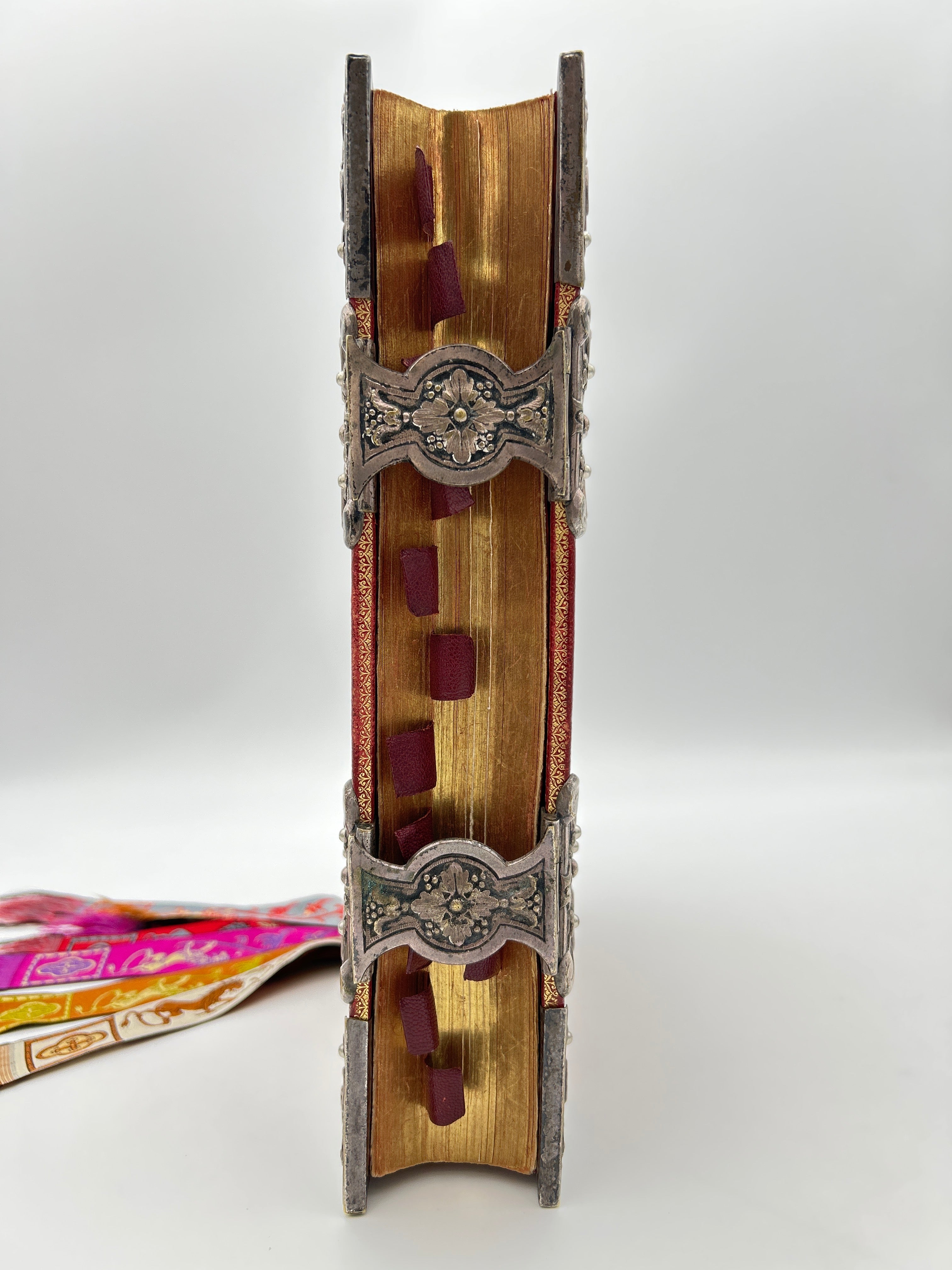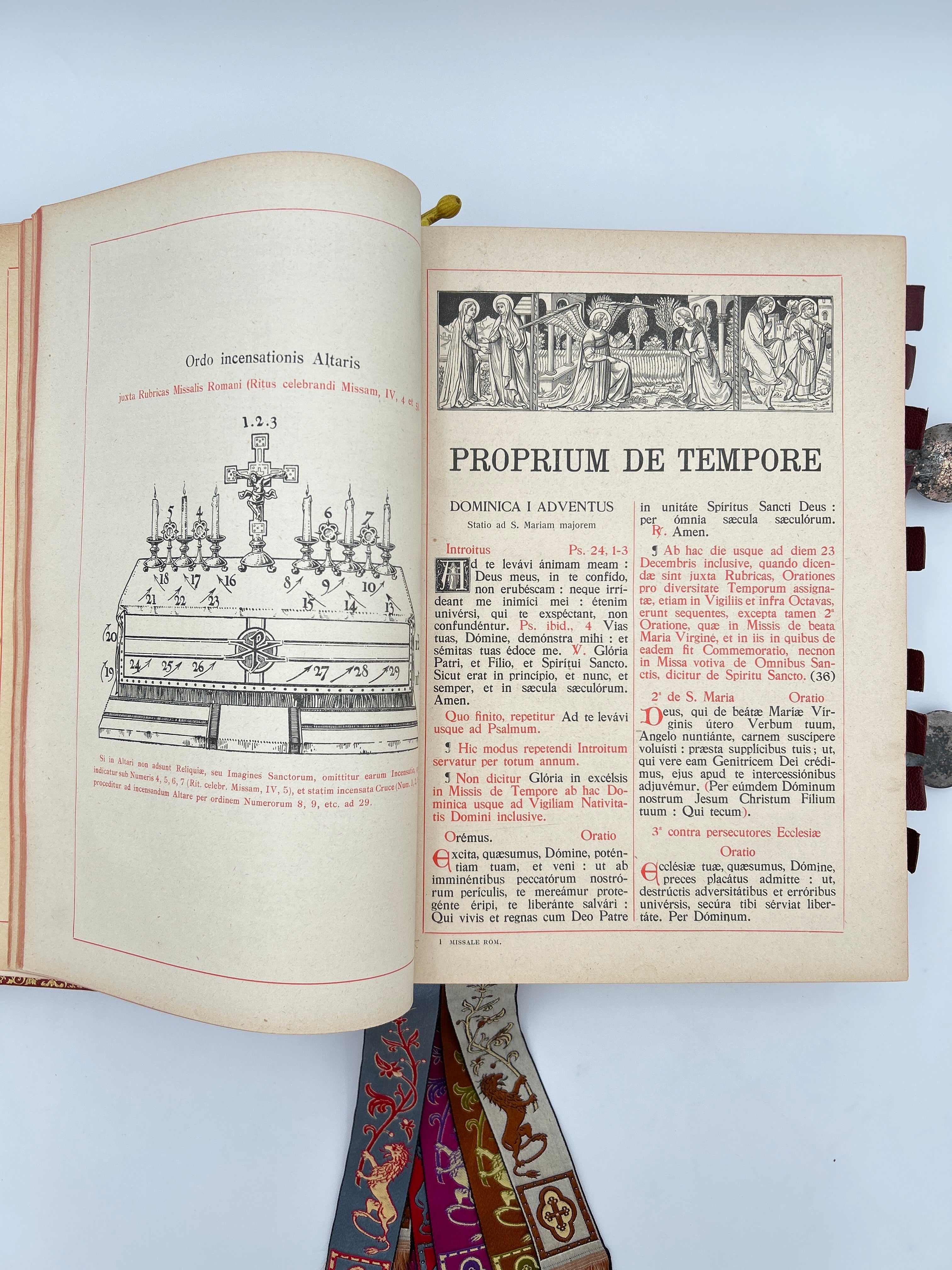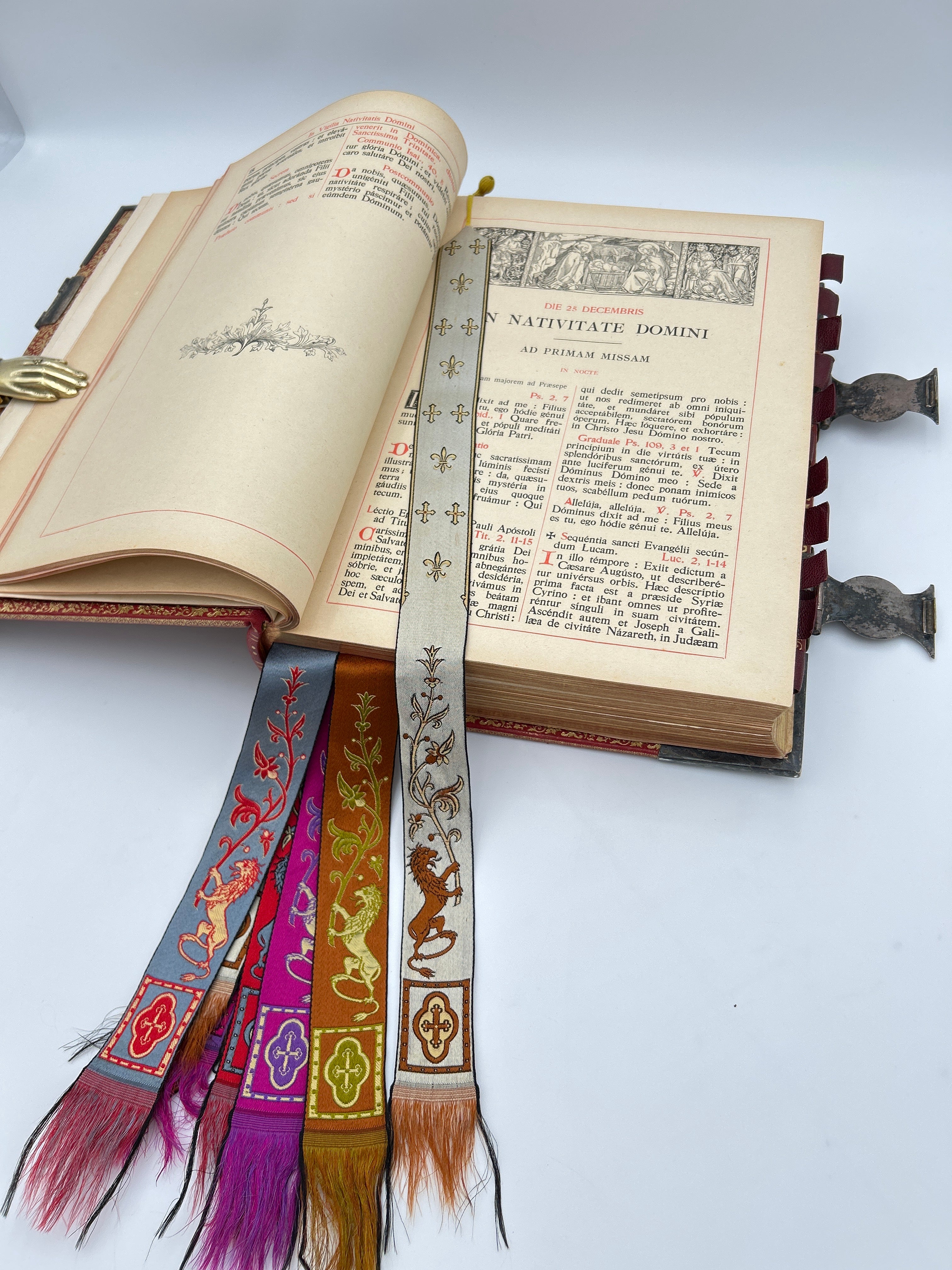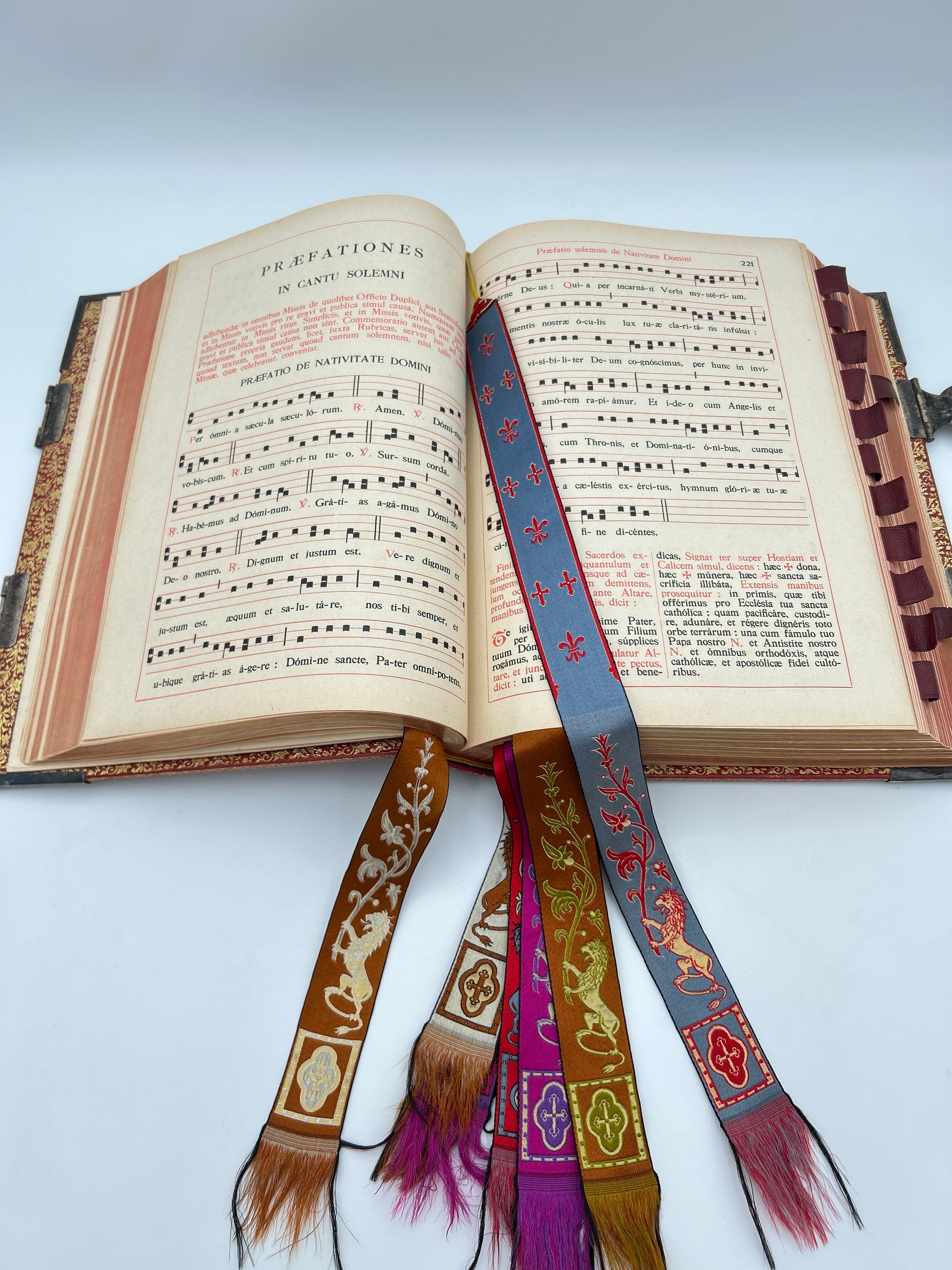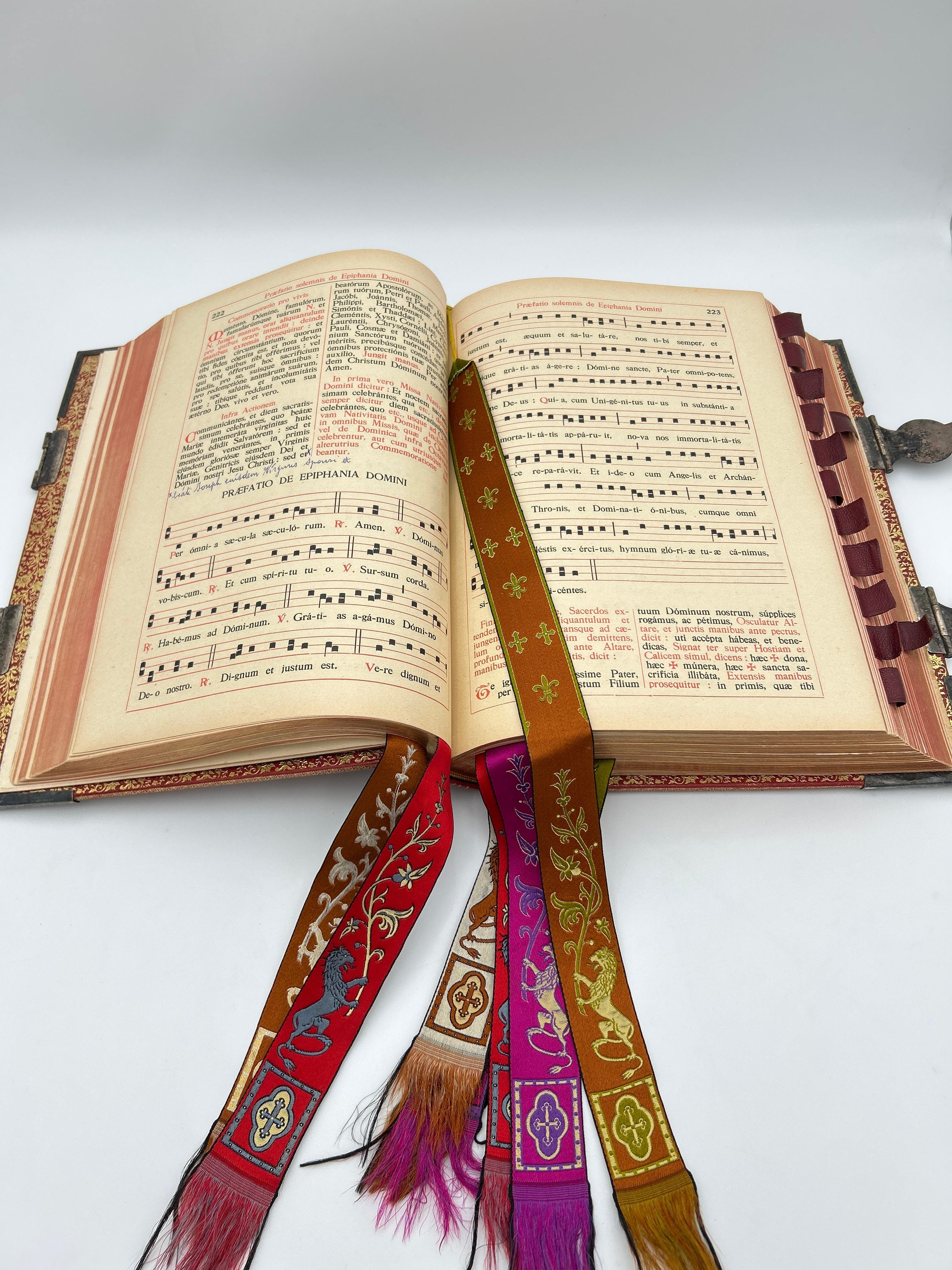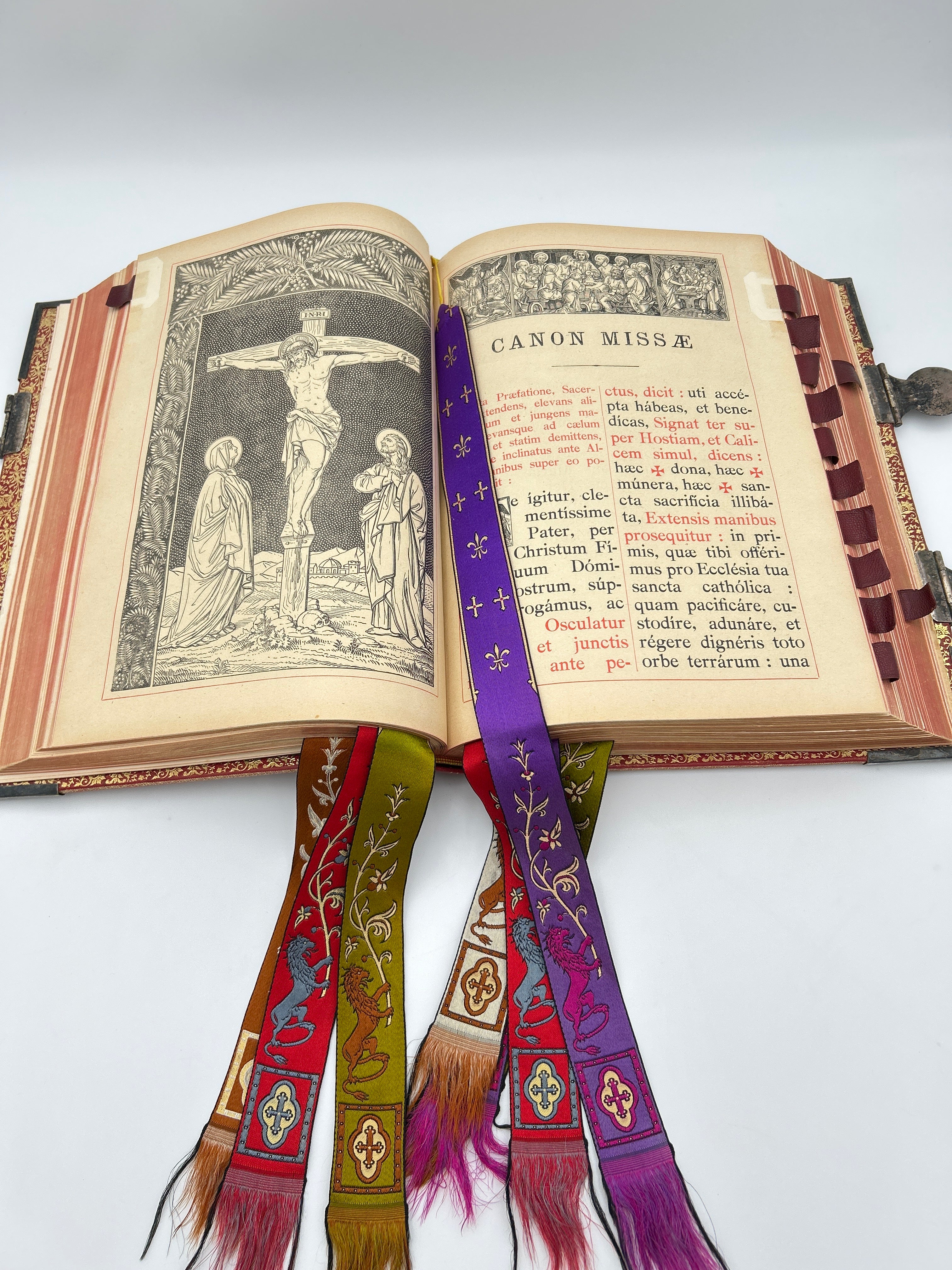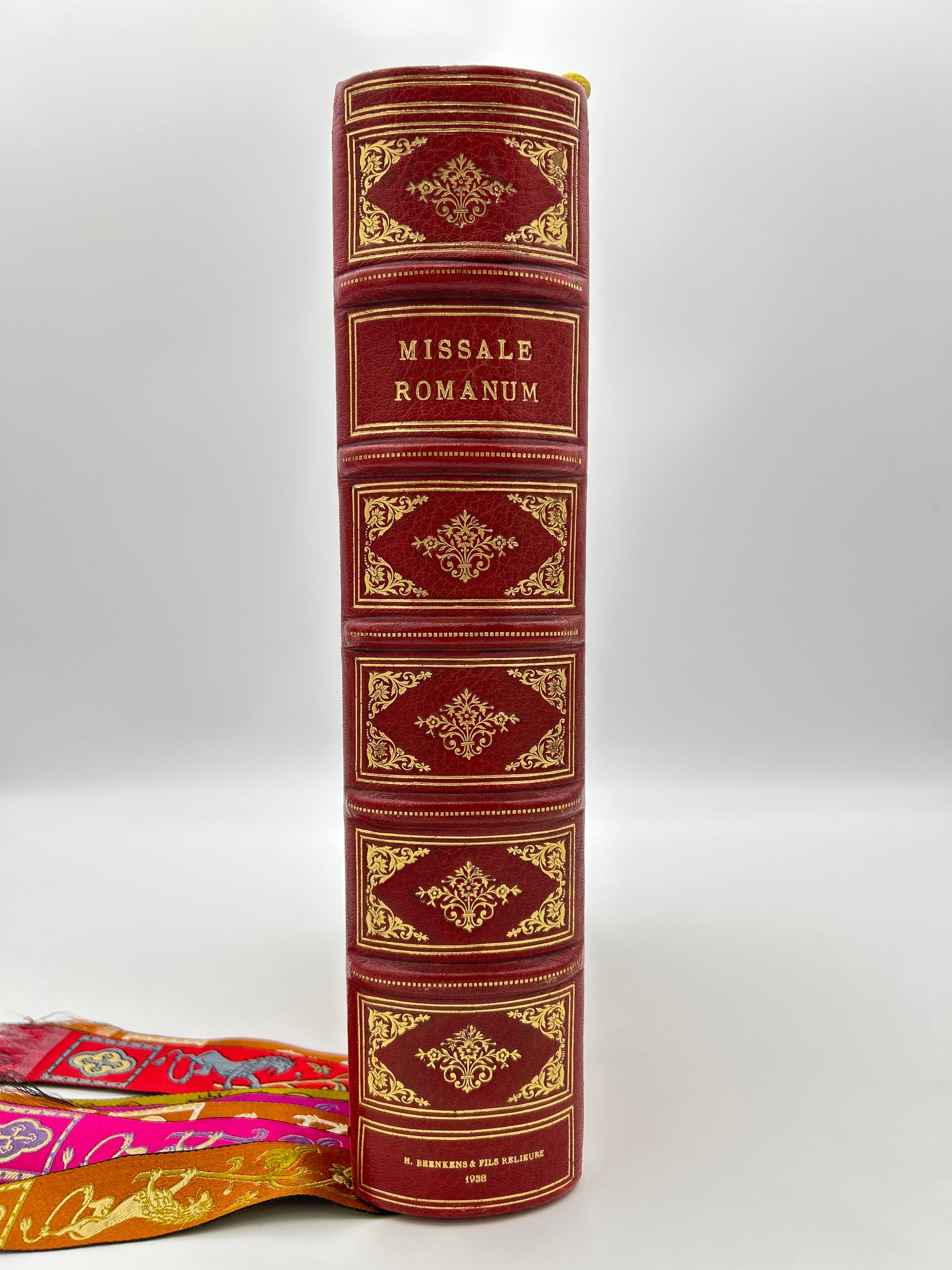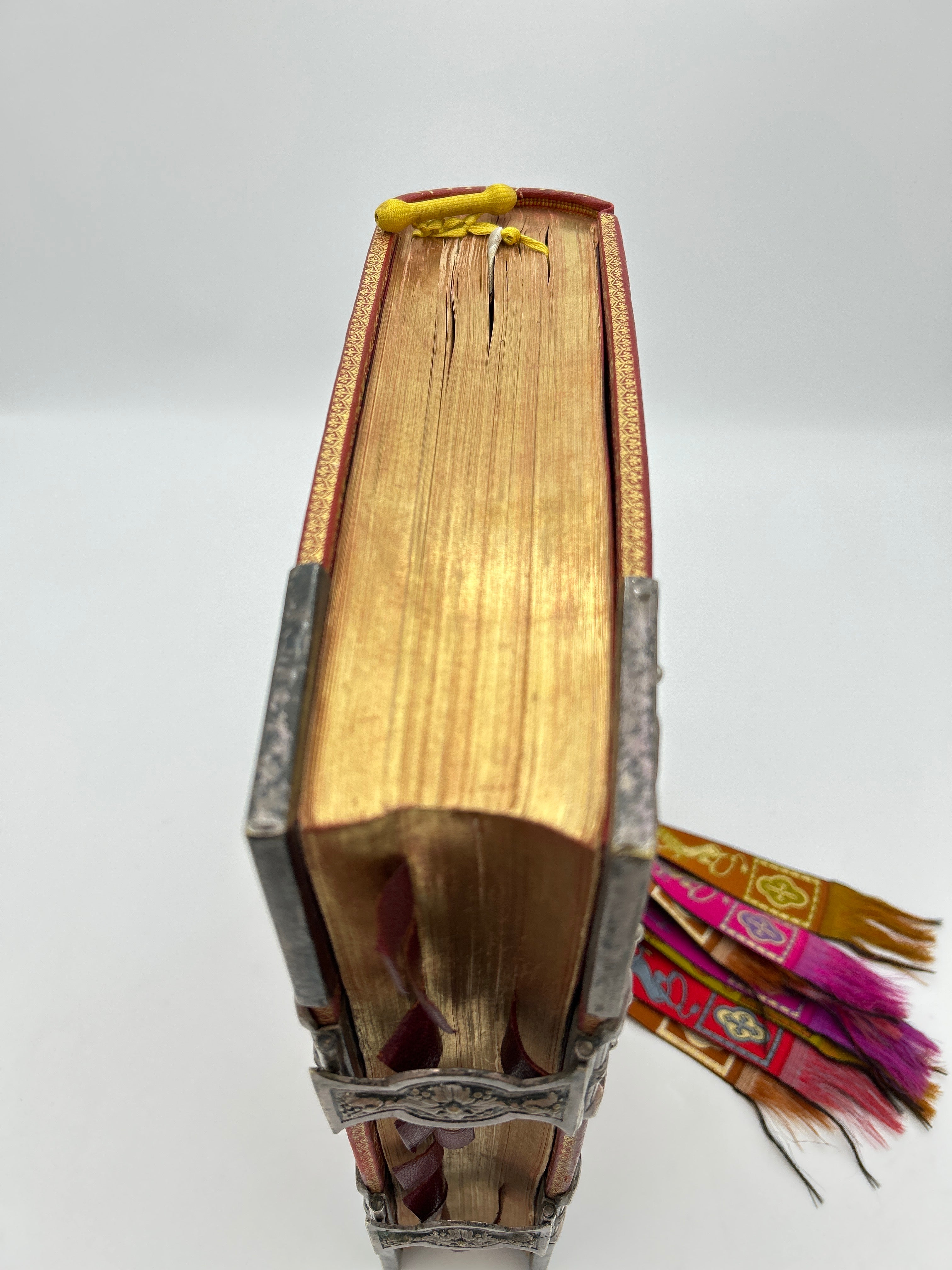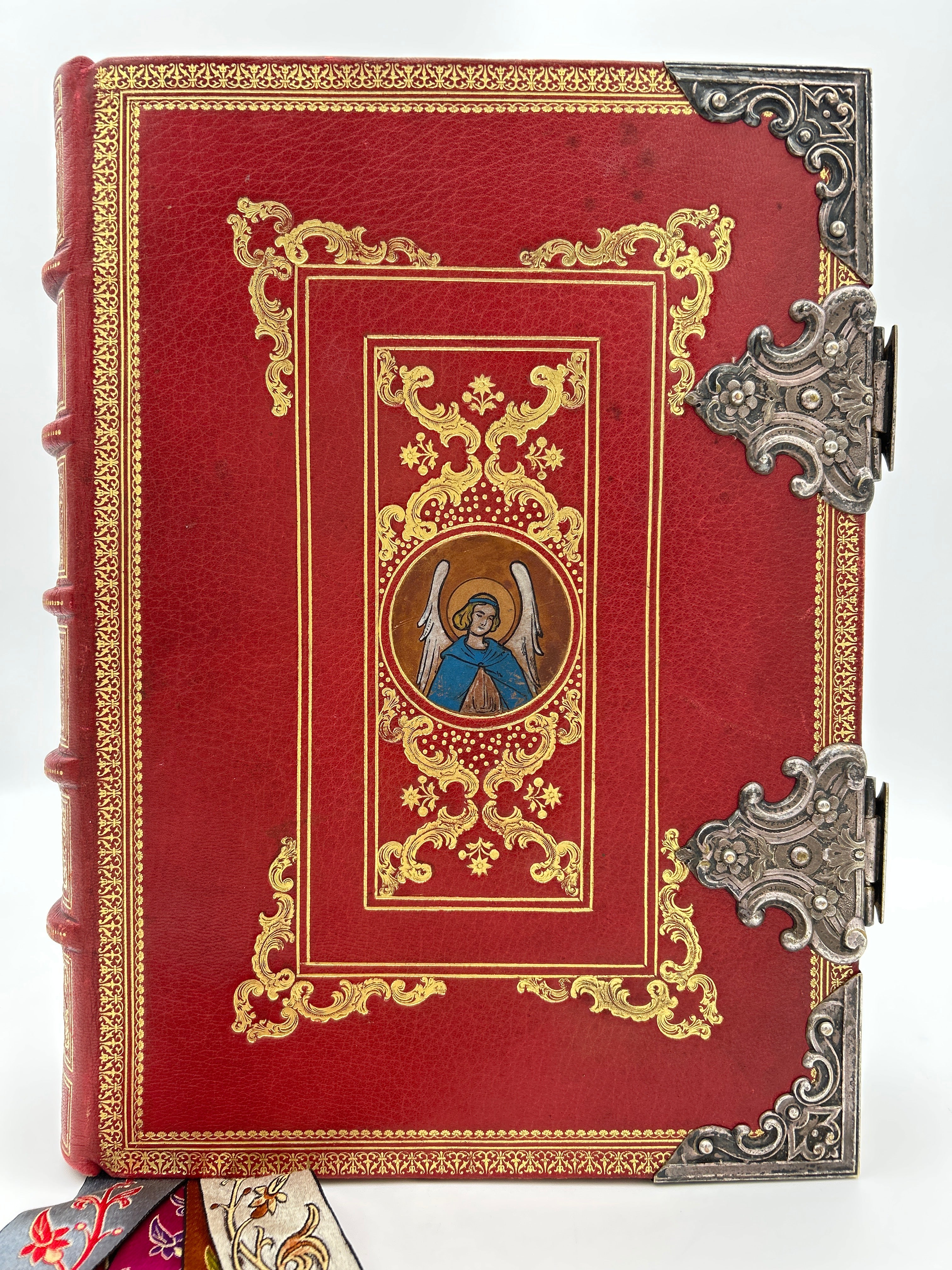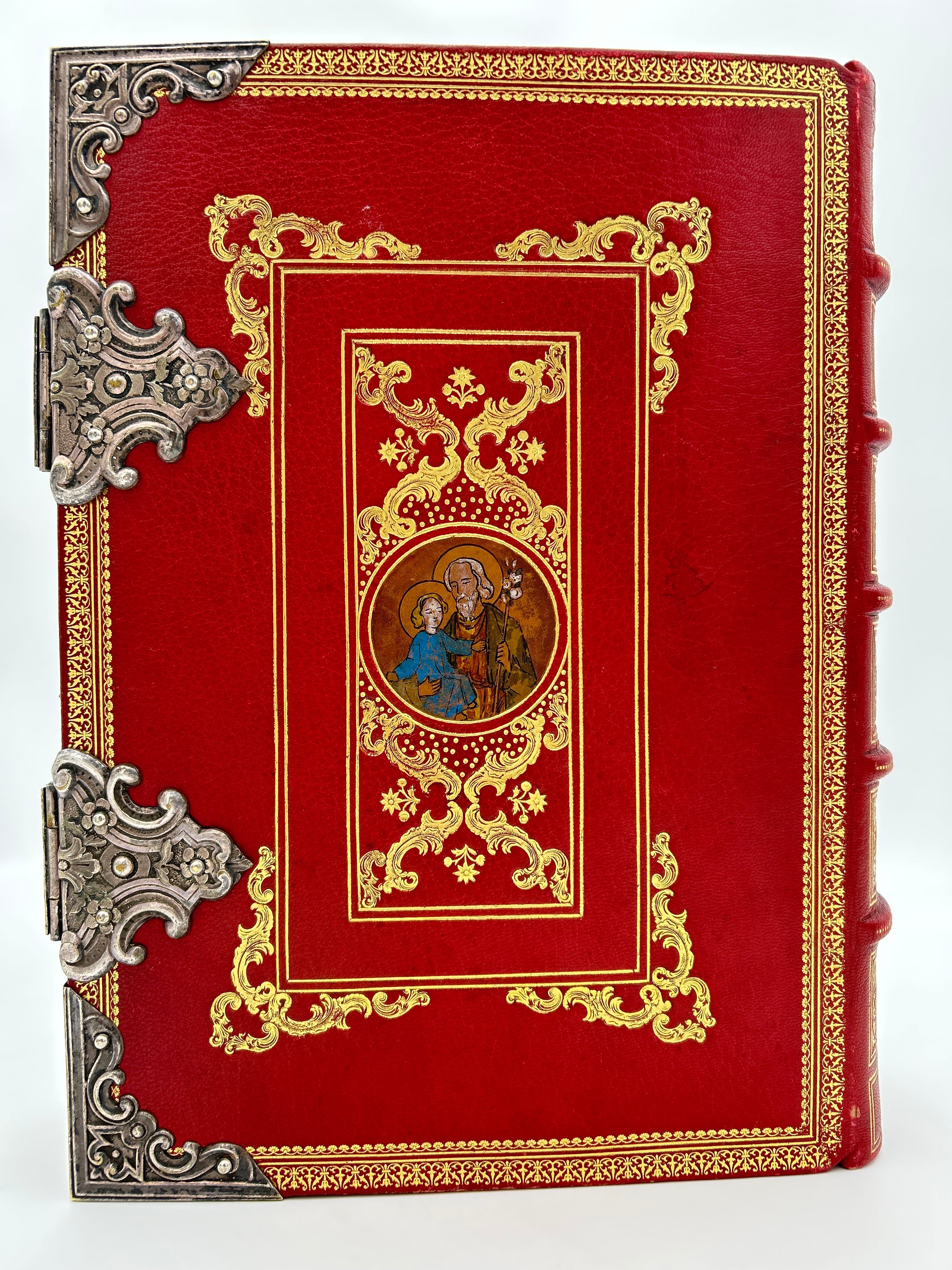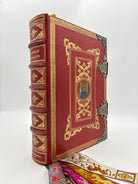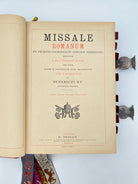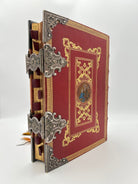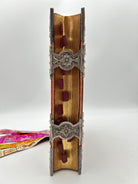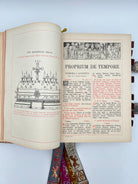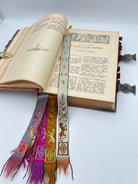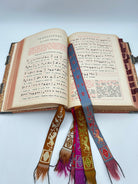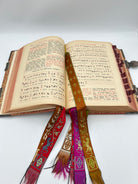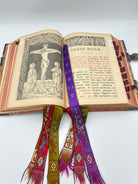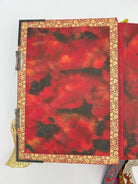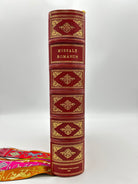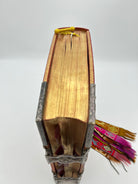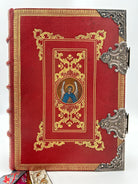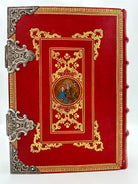Missale Romanum
Couldn't load pickup availability
5B Used in the Catholic Church, Printed in Belgium, 1938.
Notes
The Roman Missal (Missale Romanum) is the official liturgical book used by priests in the Roman Catholic Church to celebrate the Mass, the Church’s central act of worship. It contains all the prayers, Scripture readings, and rubrics (instructions) needed throughout the liturgical year, including feast days, saint commemorations, and special occasions like weddings or funerals. The Missal serves as a guide to ensure uniformity and reverence in the celebration of the Eucharist.
There are two main versions in use today. The Ordinary Form, based on the 1970 Missal issued after the Second Vatican Council, is usually celebrated in the local language but may also be said in Latin. It emphasizes greater lay participation, simplified rites, and a wider variety of Scripture readings. The Extraordinary Form, or Traditional Latin Mass, uses the 1962 Missal and follows the Tridentine Rite, which was standardized in the 16th century. This version is celebrated entirely in Latin, features a fixed structure, and often includes Gregorian chant and more solemn rituals.
The Roman Missal includes several key sections that guide every aspect of the Mass. It contains the Order of Mass, which provides the standard prayers and responses used at every celebration, such as the Eucharistic Prayer, the Gloria, and the Creed. It also features the Proper of Seasons, with prayers and readings specific to liturgical seasons like Advent, Lent, and Easter, and the Proper of Saints, with texts for feast days dedicated to particular saints. Additional sections include Commons for general categories of saints, Votive Masses for special intentions, Ritual Masses for sacraments like Matrimony or Holy Orders, and detailed rubrics that instruct the priest on how to perform each part of the liturgy properly. In the Latin edition, all these texts are presented in the Church’s traditional liturgical language, with rich theological and poetic expression.
Latin continues to hold a special place in the Roman Missal because it is the official liturgical language of the Roman Rite. Even in the post-Vatican II liturgy, the Latin version of the Missal is the standard from which all translations are made. The use of Latin in the liturgy is seen by many as a sign of unity, tradition, and universality across the global Church.
Description
Red leather binding with gilt ornamentation and details on the upper and lower boards and spine. Five raised bands. Hand painted angel in the center of the upper board and two figures on the lower board. Gilt turn-ins. Marbled endpapers. Thirteen leather tabs on the fore edge. Silver clasps and corners. Eight handmade silk bookmarks included. Some illustrations throughout and red and black lettering.
